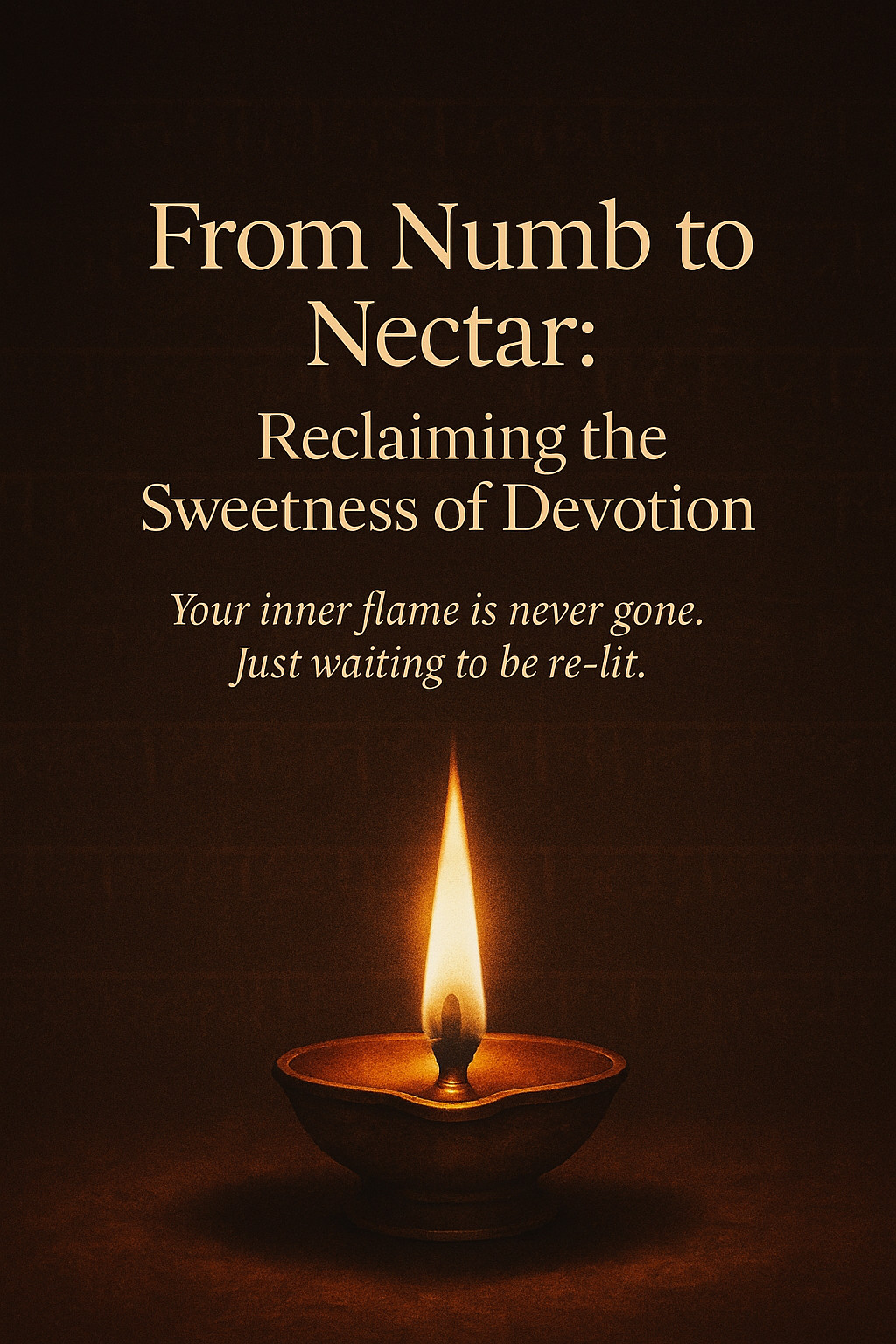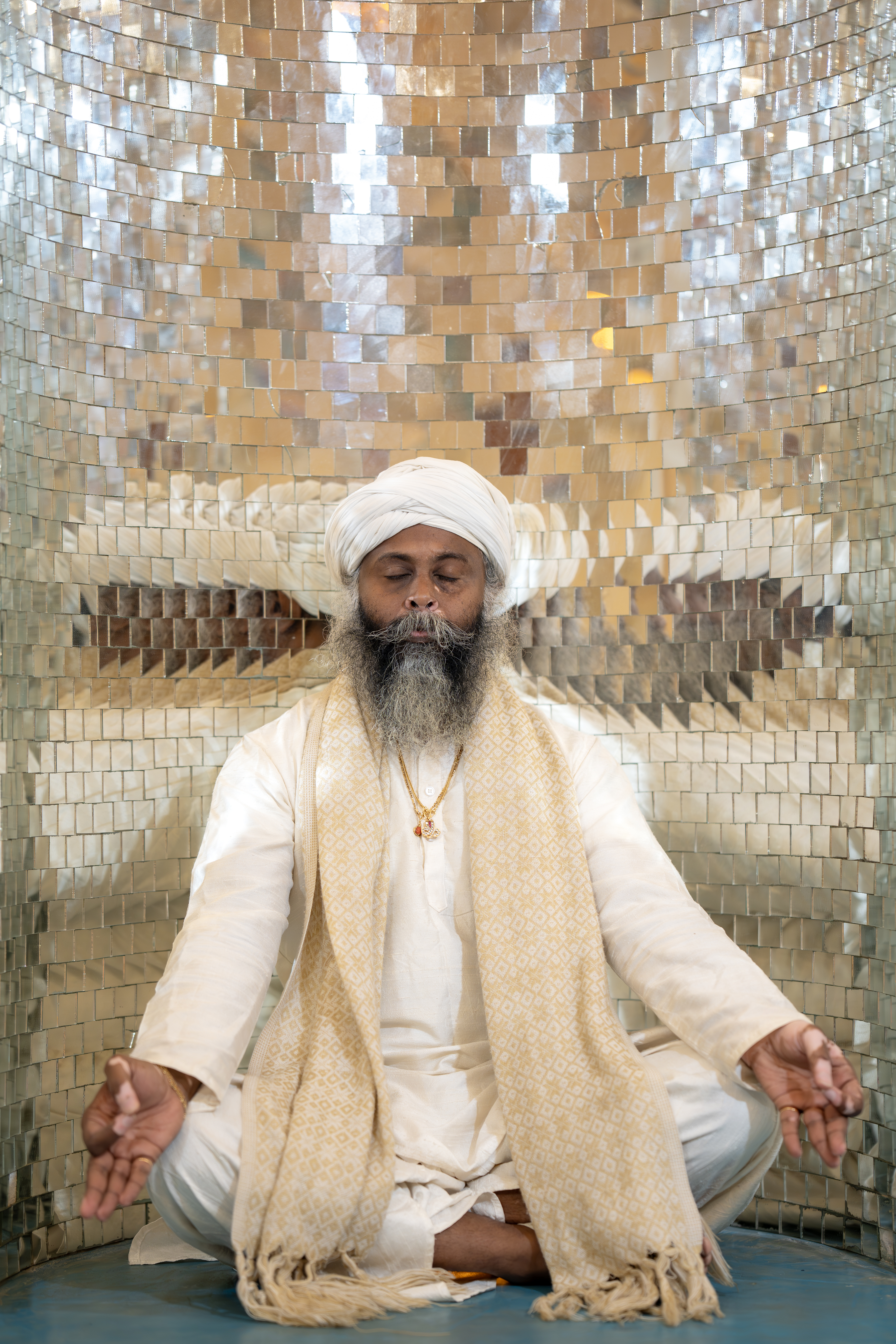The Crown Chakra, or Sahasrara, is the pinnacle of spiritual enlightenment and unity within the human energy system. Located at the top of the head, it is our bridge to the divine and the universe, the center of consciousness that connects us to our highest potential. When activated, it creates a halo-like energy, shifting from deep purple to a radiant white as we ascend in our spiritual journey. This chakra invites us to connect with our true selves and to embody the purest form of spiritual energy and awareness.
Understanding the Crown Chakra and Its Qualities
The Sahasrara Chakra holds qualities that inspire us to transcend the ordinary and tap into divine consciousness:
- Unity and Oneness: This chakra embodies the concept of “oneness,” merging the individual with the universe.
- Presence and Devotion: It allows us to be fully present, seeing beyond the self and understanding the bigger picture.
- Intuitive Knowing: It offers a profound understanding and a natural sense of trust, transcending rational thought.
- Absence of Ego: With the Crown Chakra open, we move beyond the ego, fostering devotion, inspiration, and gratitude.
- Integration: This center unites the qualities of all chakras, representing the integration of mind, body, and spirit.
Signs of a Blocked Crown Chakra
When the Crown Chakra is blocked, we may feel disconnected from our spiritual essence and doubt the divine. This imbalance can lead to secular thinking, disbelief, and feelings of betrayal. Physical and mental health issues may arise, including conditions like:
- Brain and bone cancers
- Chronic pain and glandular disorders
- Neurological conditions like multiple sclerosis, epilepsy, and dementia
- Mental health struggles, including loneliness, isolation, and existential crises
Practices to Open and Balance the Crown Chakra
By opening the Crown Chakra, we can access a state of wisdom, peace, and unity, helping us live with a sense of purpose and connection. Practices to activate this chakra include:
- Meditation and Visualization: Visualizing the Crown Chakra as a blossoming flower at the top of your head can help open and balance it.
- Spending Time in Silence: Silence invites clarity and communion with higher consciousness.
- Higher Perspective: Embrace new perspectives and expand your sense of possibility.
- Head Massage and Headstands: These practices stimulate energy flow and foster balance.
- Connection to Nature: Spending time in elevated places, like mountains, can enhance spiritual energy.
- Inspirational Activities: Listen to uplifting music, appreciate the arts, or engage in mindful reflection.
Sahasrara and the Kundalini Connection
When the Kundalini energy rises through meditation, it moves through each chakra and ultimately reaches the Crown Chakra, where it unites individual consciousness with the universal. This experience often feels like a pulsation or cool energy flow at the top of the head, symbolizing a merging with divine consciousness and a shift to a higher realm of awareness.
Achieving Sahasrara Activation: Spiritual Enlightenment and Inner Joy
When the Sahasrara Chakra is fully activated, we experience what is often described as “heaven on earth”—a state of inner joy, peace, and clarity. We let go of confusion, contradiction, and ego-driven thoughts. With this, doubtless awareness of the divine emerges, where faith becomes certainty, and intuition becomes a guide. We perceive truth effortlessly, act in harmony with moral clarity, and feel an unshakeable inner calm.
Self-Assessment and Chakra Balancing
Self-reflection can help us determine if our Crown Chakra is blocked. Signs of imbalance might include doubts about spirituality, struggles with meditation, or resistance to new ideas. An open mind, a commitment to meditation, and grounding practices are essential to opening the Crown Chakra and fostering a balanced energy system.
Embracing Sahasrara and the Path to Divine Connection
The Crown Chakra invites us to embody our highest self, aligning our human experience with the divine. It is our path to ultimate realization, guiding us to understand the meaning of life, unity with all creation, and the peace of living in harmony. Opening the Sahasrara Chakra is not a one-time event but an evolving journey, allowing us to grow, heal, and thrive as we integrate with the universe and experience true enlightenment.
By nurturing the Crown Chakra, we embark on a profound journey of self-realization, unity, and love that elevates every aspect of our being. Through this journey, we discover the joy of connection, the peace of presence, and the inspiration of boundless possibility.
Marriage is often seen as a monumental life event that can impact not only daily routines but also the very personalities of those involved. Recent research involving 169 newlywed couples over 18 months reveals that marriage can lead to measurable changes in personality traits such as openness, conscientiousness, extraversion, agreeableness, and neuroticism. These changes influence how individuals think, behave, and relate to each other, shedding light on the evolving dynamics of married life.
Husbands often show increased conscientiousness, becoming more dependable and focused on long-term commitments, while wives experience enhanced emotional stability, feeling more secure and supported. However, both partners tend to show decreased openness to new experiences as they embrace shared routines, which can reduce their appetite for constant novelty but foster deeper, more meaningful experiences within the relationship. Additionally, newly married couples may become less extroverted, limiting their social circles to prioritize their partnership, although this can strengthen the bond between them.
Interestingly, while agreeableness initially increases, it tends to diminish over time as couples settle into marriage and let quirks re-emerge, leading to occasional conflicts. Despite these shifts, the study suggests that traits changes alone don’t predict marital success; instead, qualities like self-control and forgiveness are crucial. Embracing change and fostering open communication allow couples to navigate this transformation, making marriage a journey of personal and mutual growth that strengthens the partnership.
Read more...Mental illness is often thought of as a medical or psychological issue—an imbalance that can be diagnosed, categorized, and treated. But what if we approached it differently, viewing it not as an "illness" in the traditional sense but as a state of heightened sensitivity to spiritual realms? What if those who experience neurosis, psychosis, and other mental challenges are not merely "sick" but are, instead, especially attuned to dimensions that many of us overlook? This perspective opens up a fascinating, albeit unconventional, approach to understanding mental health.

The Mind as a Spiritual Playground
Imagine the mind as a vast playground where supernatural forces gather, influencing thoughts, emotions, and perceptions in ways that might feel chaotic or unsettling. Just like a child’s playground, this mental space has its ups and downs: swings of hope, dreams, and unfulfilled aspirations; see-saws that tip back and forth between clarity and confusion; and slides that sometimes descend into catharsis—a purging of pent-up emotions or an attempt to make sense of the intangible.
In this view, mental illness becomes less about pathology and more about sensitivity—a porousness in the mind that allows unseen energies or forces to interact with one's inner world. People who experience mental challenges may find themselves grappling with forces they don't understand, feeling pulled by experiences that seem surreal or even supernatural. This openness to other realms can create a sense of disorientation, confusion, or even terror, particularly when these encounters are unacknowledged or dismissed by society.
Sensitivity to the Spiritual Realm: A Double-Edged Sword
This heightened sensitivity can act as a double-edged sword. For some, it can bring profound insights, creativity, and spiritual experiences, opening doors to understandings that are beyond the ordinary mind. However, without guidance, grounding, or a framework to make sense of these experiences, this sensitivity can easily overwhelm.
For those experiencing psychosis or neurosis, it can feel like they’re teetering between different realities. Elements from the supernatural realm—visions, voices, intense emotions—can intrude, leaving individuals vulnerable and struggling to discern what is "real" from what is not. Without a support system that respects and validates these experiences, people often turn to psychotherapy or medication to bring a sense of stability, even if it means closing off these sensitive portals to other realms.
The Role of Therapy and Medication: Stabilization or Suppression?
In modern mental health, psychotherapeutic and pharmacological interventions are the standard approaches to managing mental illness. Therapy helps individuals build frameworks to cope with their experiences, while medication offers chemical stabilization, allowing the mind to regain a semblance of balance.
Yet, from a spiritual perspective, these treatments may serve not just to stabilize but to "quiet" the individual's sensitivity to supernatural realms. Medication, while providing relief from distressing symptoms, might also dull the intuitive sensitivity that made the person susceptible to these spiritual experiences in the first place. Likewise, certain forms of therapy focus on reshaping thought patterns and interpreting spiritual encounters as projections or symptoms rather than exploring them as meaningful spiritual experiences. In this sense, conventional treatment can be a double-edged sword, helping individuals function but perhaps shielding them from aspects of the mind that hold deeper, if not mystical, significance.
Rethinking Mental Health as Spiritual Sensitivity
Acknowledging the potential for a spiritual dimension within mental illness opens the door to new, integrative approaches. This doesn’t mean discarding therapy or medication, but it does suggest incorporating spiritual and holistic practices that honor the mind’s capacity for otherworldly connections. Practices such as meditation, spiritual counseling, or energy work can help individuals ground themselves while navigating these experiences. Providing a compassionate, non-judgmental space for people to explore the intersections of mental health and spirituality may enable a more profound healing process.
The Catharsis of Spiritual Experience
One of the most challenging aspects of mental illness is the sense of being out of control. However, when seen through a spiritual lens, this descent into "madness" can also be viewed as a catharsis—a purgative journey that releases deep-seated emotions, fears, and unresolved traumas. In many spiritual traditions, catharsis is seen as a necessary step for transformation and healing.
In this view, the symptoms of mental illness are not merely "malfunctions" but indicators of a deeper spiritual process. While they may be painful, they also offer opportunities for growth, rebirth, and an expanded understanding of self. By reframing mental illness as part of a larger spiritual journey, individuals can find empowerment in their experiences, embracing the pain as part of a transformative process that opens them to new realms of consciousness.
Toward a More Holistic Understanding of the Mind
Perhaps it's time to bridge the gap between mental health and spirituality, acknowledging that mental illness might not always be an illness per se but rather a heightened sensitivity—a gift, though one that requires support and understanding. Just as some people are naturally more attuned to art or music, others may be more sensitive to spiritual energies. With guidance, these individuals might be able to cultivate their sensitivity into a source of strength and insight rather than something that isolates or overwhelms them.
Conclusion: Beyond Stabilization to Integration
While psychotherapy and medication play essential roles, an integrative approach that honors both the mental and spiritual aspects of our experiences may help individuals achieve more than just "stabilization." It could allow them to come to terms with their unique sensitivity, to embrace the playground of the mind as a place not of fear, but of wonder and exploration.
Understanding mental health through a spiritual lens reminds us that the mind is a complex, mysterious landscape. By moving beyond traditional definitions of illness, we open new pathways to healing that acknowledge the soul’s journey and the profound sensitivity of the mind as part of the human experience. Rather than dismissing these encounters as mere symptoms, perhaps we can start seeing them as signposts on a path toward greater self-awareness, purpose, and connection with realms beyond the visible
True, lasting love becomes possible when our hearts are ready to receive it, prompting a journey of healing to clear away pain and unhealed emotions. Temporary forms of love, while intoxicating, often reveal the unhealed parts of ourselves and highlight the need for inner work. By addressing past heartbreaks and emotions, we open our hearts to the foundation required to attract enduring love.
The healing process involves steps such as identifying sources of pain, practicing forgiveness, allowing space for grief, reaffirming self-worth, and envisioning lasting love. By doing this transformative work, we clear away emotional blockages and cultivate a heart that can fully receive and appreciate real love. This readiness transforms our ability to distinguish genuine, lasting connections from fleeting ones, creating healthy, deep relationships rooted in mutual respect and understanding.
Achieving lasting love requires ongoing effort to maintain a heart free from past hurts, allowing us to recognize and nurture love that complements our authentic selves. As we heal and grow, we become attuned to the love we deserve and ready ourselves for connections that resonate deeply and endure through life's changes. The freedom that comes with choosing lasting love ultimately begins within, as an open heart invites love in its truest form.
Read more...Halloween is more than just a night of costumes and ghost stories; it marks a time when the boundary between our world and the spirit world is said to be at its thinnest. Known originally as Samhain in Celtic tradition, this mystical period offers an opportunity to connect with ancestors and loved ones who have passed on, highlighting the belief that death is not an end, but a continuation of love and guidance. This sacred observance invites us to honor the mystical cycle of life and death, encouraging deeper spiritual reflection and heightened intuition.
The notion that love defies the constraints of the physical world is a profound theme of Halloween. It’s a time to pay tribute to ancestors, believing that their wisdom and spirit continue to influence our lives even from beyond the veil. Through simple acts like storytelling, lighting candles, or setting up altars, we maintain bonds with those who have crossed over, reaffirming that their essence and love remain integral to our existence.
Halloween also compels us to confront and embrace the concept of death, viewing it not as something to fear, but as a natural segment of life’s cycle. The Halloween symbols of ghosts and ghouls help us to demystify and desensitize death, allowing us to live more fully by recognizing that beginnings and endings are part of the same continuum. As we celebrate both the seen and unseen, Halloween becomes a powerful reminder of the enduring connections that transcend time and space.
Read more...
